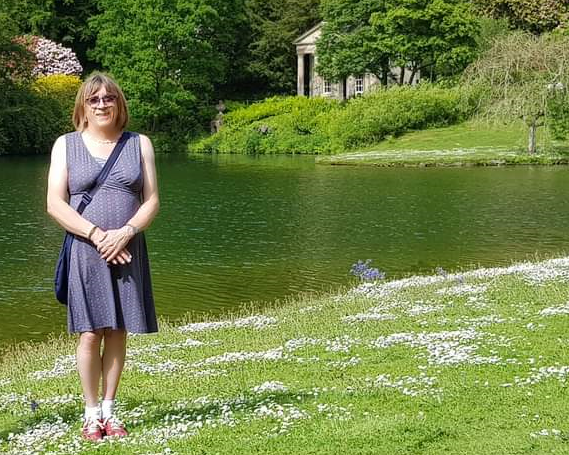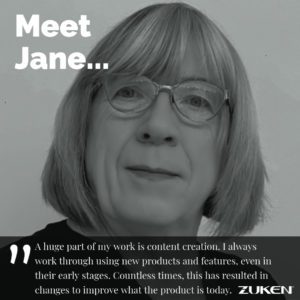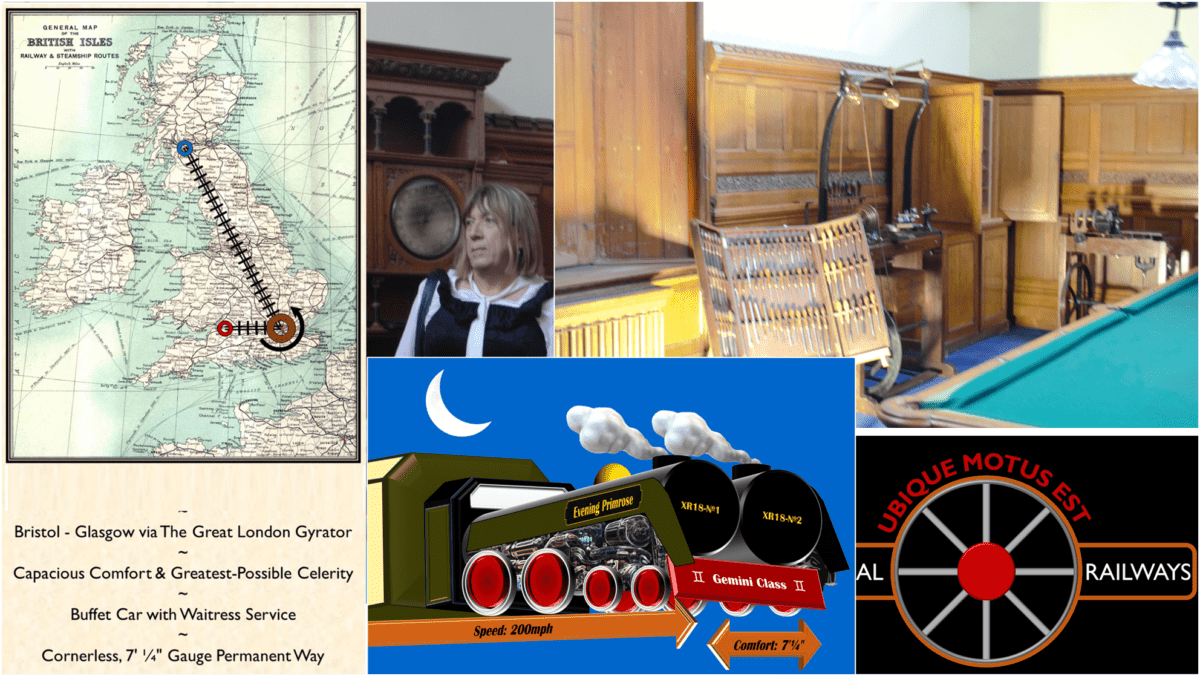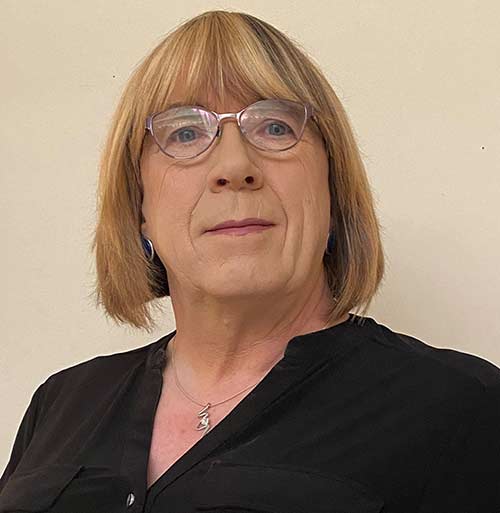
 Meet Jane Berrie, Electronic Design Technology Partner, based out of the UK. She has worked at Zuken for almost 30 years, and her involvement in EDA for PCB signal integrity dates back to the 1980s.
Meet Jane Berrie, Electronic Design Technology Partner, based out of the UK. She has worked at Zuken for almost 30 years, and her involvement in EDA for PCB signal integrity dates back to the 1980s.
She is an expert in electronic design, and her articles have appeared in publications worldwide. An innovator with a unique perspective, Jane constantly works on new solutions in the fast-evolving world of electronic design. I wanted to dive deep to learn more about this talented engineer, so I reached out to Jane, and I’m delighted to share her story in her own words.
From Glasgow University to Zuken
I started my career a long time ago. I co-designed and built a teaching computer at Glasgow University. At first, I only created electronic hardware, but that all changed when I joined an informal programming class and was told I was a natural. What a boost that was!
Later, I moved to Unisys, where initially, I programmed electronic test equipment but then moved into the internal EDA group that shared our office. In those days, EDA companies did not really exist in the mainstream, so it was a privilege to use my talent and be a part of this group. We created an IC design system in 1980, and I wrote what was likely the first commercial static timing analysis application. We used it to design the CPU for a computer made in Scotland and California.
Back then, I was basically a programmer, but the hard years of the 1980s saw our minicomputer plant close, so a group of us formed a start-up company in Scotland. This threw me right onto the front line, creating and marketing products worldwide, where every move I made was critical to the business. I learned many life lessons there that I carry with me to this day. When I moved to Zuken, the skills I brought made me valuable, but maybe rather demanding in the way that perfectionists can be. Happy to say that I have relaxed a bit now. My hardware and software knowledge mix has been ideal for EDA, which suits me perfectly.
Not Your Typical Engineer
In 1992, I joined Zuken, and from the start, I have been involved in both development and marketing. I wrote the original requirements specification for a long-running product, Lightning, and also thought up the original idea of the EMC Adviser (later Design Adviser). Two accomplishments of which I am very proud.
Fast forward, and a considerable part of my work now focuses on content creation. I always work on new products and features through the paces, even in their early stages. Countless times, this effort results in software changes, even though what I’m doing is not officially any kind of testing. It’s about walking the walk through what you think to be true. I very much admired the late physicist Richard Feynman. He said many quotable things, but I’ve always practiced that if you can’t explain something clearly, you don’t understand it. So, if I create a video or a blog post about a prototype feature with a working example, do I get stuck? Is my explanation fully coherent? If not, there’s a reason. Sometimes that reason is that it isn’t yet quite working correctly.
I am not your typical engineer since my top high-school subject was not mathematics, physics, or chemistry, but English. I come to technology from a different place than many other engineers. Working at Zuken has given me so many opportunities to write and present. I love to crystallize ideas and make them understandable. To become a better presenter, I even completed television presentation courses.
Breaking New Ground
CR-5000 Lightning was a massive project and ultimately a successful one. My contribution was in the high-speed design parts of that product. It broke new ground in some areas, but it was difficult in the early stages because my team was developing a different product and gathering ideas on high-speed PCB design into a coherent concept.
In our many development meetings, I realized that the correct answer is always there to be found, as though we discover rather than invent. You have a nagging feeling that you aren’t quite there yet, and you don’t know why until one morning, you wake up at 5:00 am and realize the problem. Then you go to work and fix it.
Creating Technical Videos and Writing Blog Posts
I’m working from home right now, like many others. I’ve often had the great privilege of doing what I think is best, which works particularly well for me and makes me much more productive. I usually work on collateral for eCADSTAR. In the morning, I get my coffee, start the laptop, and then ask myself, “What shall I do today?” Often, it’s a technical video or maybe a blog. I’ve learned some production and recording techniques along the way, by a mixture of checking it out and learning-by-doing.
From Nature Adventures to Fun Events
I often go hiking with my fiancée, who introduced me to the activity, and sometimes with friends too. We enjoy long, backpack-type hikes over the beautiful English countryside around us. It’s lovely to hear the birds tweeting and see the gently rolling hills below as we walk up onto the moors.
I occasionally organize events for friends, including discos and charity fundraisers. In aid of Red Squirrel Survival, one of these had a Steampunk theme, and I recruited some friends to compose a visual story about an alternative past that led to an alternative present. We spent an evening in the imagined dining car of a 200mph steam train. For another event, in aid of The Royal National Lifeboat Institution, we fried 32 servings of fish and chips. Now that is hard work!






